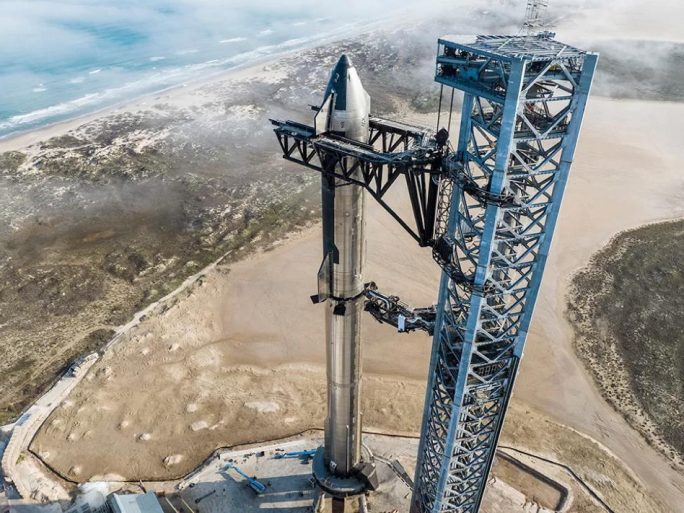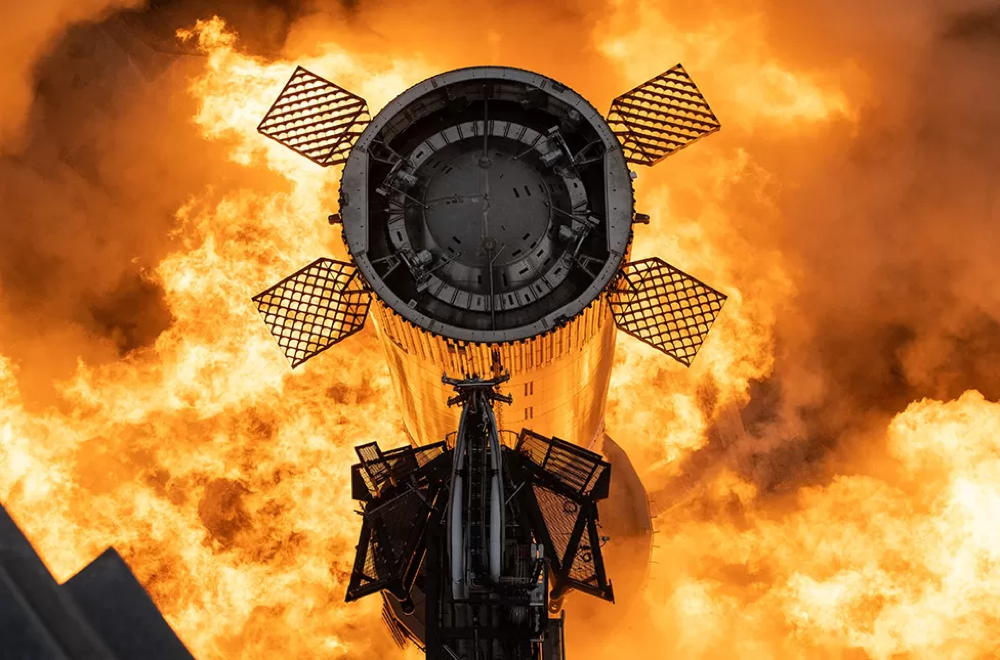SpaceX Prepares To Launch Most Powerful Rocket Ever Made

SpaceX prepares to test-launch Starship rocket with Super Heavy booster, delivering nearly twice the power of NASA’s SLS
Private US space company SpaceX is set to attempt the launch of the world’s most powerful rocket ever on Monday, after the firm received approval from regulators.
The Starship vehicle, together with its first-stage booster called Super Heavy, is designed to deliver a total of 72 meganewtons of thrust, nearly twice that of NASA’s Space Launch System, which at 39.1 meganewtons is currently the most powerful rocket that has ever flown.
The SpaceX launch had met with significant resistance from local residents in South Texas and environmental groups, but the US Federal Aviation Administration (FAA) finally approved it on Friday after leaving SpaceX waiting for more than a year.
Starship’s first full flight test is critical for NASA as the US space agency has contracted for Starship to be used to carry astronauts to the surface of the Moon in the Artemis III mission scheduled for later this decade.

‘Low expectations’
Musk also wants to eventually use Starship to send colonists to Mars.
But SpaceX chief executive Elon Musk said in a Twitter Spaces event on Sunday evening that he wanted to “set expectations low” as the launch could well be postponed.
“If we get far enough away from launch pad before something goes wrong, then I think I would consider that to be a success. Just don’t blow up the pad.”
He added that the company was “going to be pretty careful” about the launch.
SpaceX has held a number of short-range protype tests from its Boca Chica launch pad over the past few years, with a number of them ending in dramatic explosions as the vessel settled vertically back onto the launch pad.

Uncrewed test
The company carried out a successful suborbital test in May 2021 and since then has been working to get the Super Heavy booster ready for flight, with its 33 Raptor engines.
Together Super Heavy and Starship rise nearly 120 m (400 ft), taller than NASA’s Saturn V that carried out nine crewed misssions to the Moon in the late 1960s and early 1970s.
The Starship launch, currently scheduled for 08:00 local time (13:00 GMT, 14:00 BST), is designed to see Super Heavy lift Starship off the ground at 90 percent of its maximum thrust, before making a partially controlled descent and sinking into the Gulf of Mexico.
Starship is then intended to complete a near-transit around the globe using its own rockets, then return through the atmosphere and drop into the Pacific Ocean near Hawaii about 90 minutes after liftoff.
Lunar ambitions
Super Heavy and Starship are ultimately intended to make fully controlled landings so that they can be reused.
During its flight the spacecraft is set to rise more than 100 km over the planet’s surface, or nearly to orbital height.
NASA is intending to use its own SLS system to carry astronauts to lunar orbit for the Artemis III mission, after which they are planned to transfer from their Orion capsule to a Starship vehicle already in orbit for descent to the lunar surface.